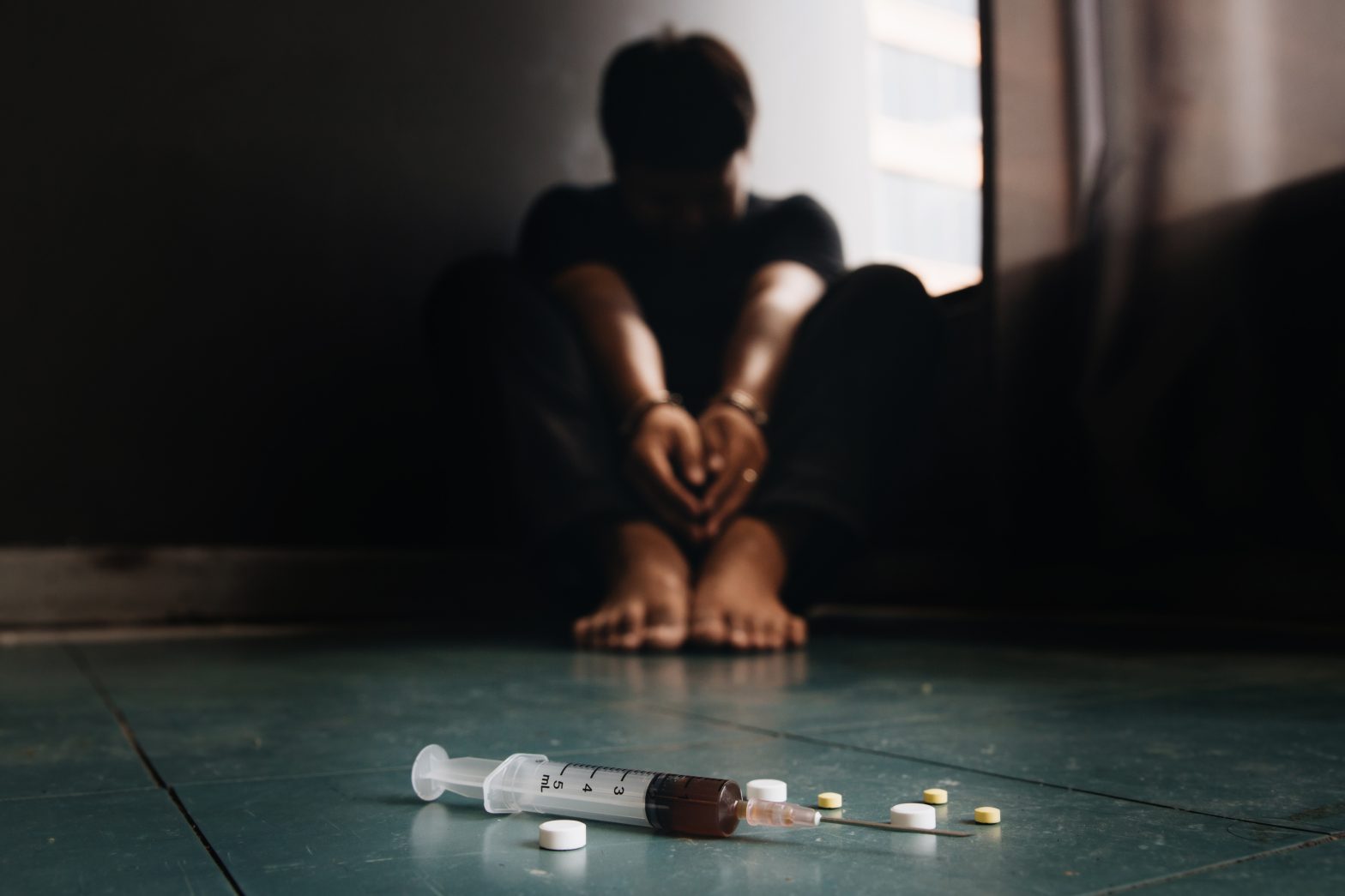A detailed analysis by New York Focus, based on documents from the State Commission of Correction and the attorney general’s office, revealed that in 2021, 18 individuals in New York prisons succumbed to overdoses. Over a five-year period, the rate of incarcerated overdose deaths nearly tripled despite a 50% reduction in the prison population.
In the face of surging overdose deaths in New York prisons, the state prison agency does not track them specifically, logging fatal overdoses under broad causes like “accident,” “natural,” or “unknown.”
Tyler Rodkey grappled with two challenges—heroin addiction and schizophrenia. Suboxone, a medication aiding in opioid withdrawal, had proven crucial in managing his conditions. His mother, Michele, attested that “he said Suboxone kept him alive.”
For Tyler, the epidemic disrupted medication when it became harder to come by. He stabbed his girlfriend in 2021 after a mental episode. Tyler got Suboxone in the Tompkins County Jail after this event. His access was denied when he was transported to Elmira State Prison. Tyler died of a contraband fentanyl overdose in July 2022, five months into his sentence.
As the crisis deepened, concerns about medical neglect within prisons remained prevalent. Sumeet Sharma, the Policy Director at the Correctional Association of New York, emphasized an ongoing crisis regarding healthcare accessibility within New York prisons. This crisis impedes the effective delivery of addiction care to all those who need it.
Despite the lack of specific tracking for overdose deaths, the Department of Corrections and Community Supervision (DOCCS) does monitor the number of individuals receiving Medication-Assisted Treatment (MAT) such as Suboxone. As of late July, DOCCS reported that over 3,200 incarcerated individuals, approximately 10% of the prison population, were on MAT.
However, there is a notable racial disparity, with nearly half of the state prisoners being African American while only constituting 10% of MAT recipients in July 2023.
The inadequacies in prison healthcare extend beyond opioid use disorder. A 2019 survey conducted by the Correctional Association revealed that 73% of incarcerated individuals were unable to access a medical professional when needed in the past year. Furthermore, the prison system grapples with staffing shortages, with over a third of physician and nurse positions currently vacant.
Efforts to address healthcare within DOCCS are complicated by the department’s outsourcing of treatment for life-threatening conditions such as HIV and Hepatitis C to the state Department of Health (DOH). Despite this outsourcing, DOCCS is committed to providing medical care at the community standard for those in its custody.
In response to the escalating crisis, a new law was enacted four months after Tyler Rodkey’s tragic death. This legislation mandates that both prisons and jails provide MAT, considered the most effective method for treating opioid addiction.
The shift in legislative focus reflects a broader change in how lawmakers at both state and federal levels are approaching the opioid crisis. Recent legislation emphasizes harm reduction and evidence-based treatments rather than advocating for individual abstinence.
However, implementing MAT in prisons faces challenges due to federal regulations. For instance, the administration of methadone, the most restricted form of MAT, requires extensive training to prevent overdose risks. Buprenorphine-based medications, like Suboxone, have fewer side effects but faced prescribing restrictions that were later lifted in December 2022.
Despite these legislative strides, challenges persist on the ground. In many prisons, understaffing remains a significant obstacle to healthcare delivery. DOCCS has a high percentage of vacant healthcare positions, particularly among physicians and nurses. This scarcity of medical staff hampers the department’s ability to provide timely and adequate care to the incarcerated population.
The prison system’s inherent issues are exacerbated by a lack of trust, a critical barrier to quality care, according to Leslie Strickland, a doctor and former medical director at Upstate and Riverview correctional facilities.
While the DOH oversees treatment for certain conditions, including HIV and hepatitis C, comprehensive oversight by the health department for all healthcare in prisons and jails is a proposal backed by advocates. Legislative intervention has been crucial in mitigating potential punitive measures. Proposed changes, such as Governor Kathy Hochul’s office proposal to discipline MAT patients for positive drug tests, were successfully blocked. However, these proposals underscore a fundamental lack of understanding of substance use disorder within the prison system, said Assemblymember Linda Rosenthal.
Rodkey’s parents assert that Suboxone if consistently provided, could have saved their son’s life. Instead, Tyler faced a dire choice between opioid withdrawal and using smuggled heroin.
Source: https://poststar.com/news/local/crime-courts/smuggled-drugs-create-the-prison-overdose-crisis/article_4c4cc8dc-821d-11ee-b503-2b27d7b3246e.html
